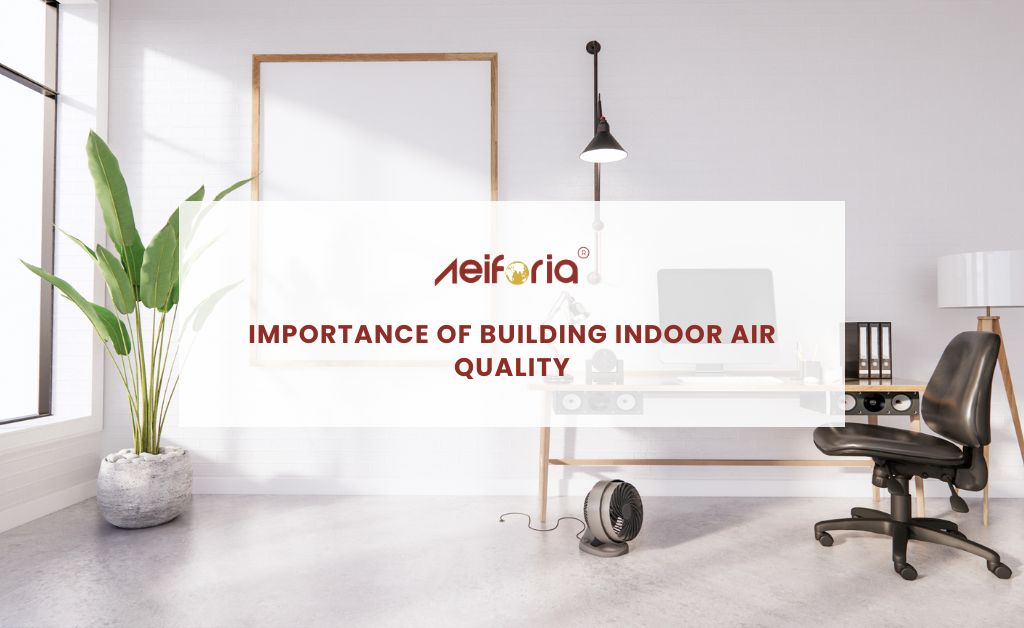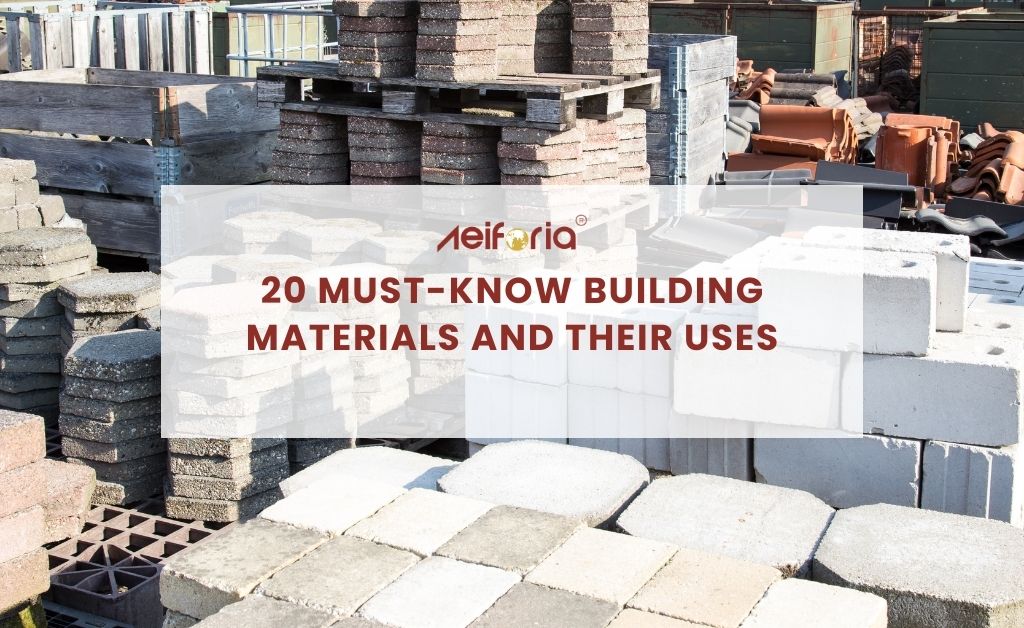
Importance Of Building Indoor Air Quality
Building Indoor Air Quality (IAQ) is a critical aspect of modern building design and construction. The quality of the air we breathe inside our ho and workplaces can significantly impact our health, productivity, and overall well-being. In this blog post, we will explore the importance of good IAQ and discuss some steps that can be taken to improve it.
-
First and foremost, good IAQ is essential for maintaining good health. Poor IAQ can cause allergies, asthma, and other respiratory issues. This is especially true for people who spend a significant amount of time indoors, such as those who work in office buildings or have limited mobility. In addition to respiratory issues, poor IAQ can lead to headaches, fatigue, and other symptoms that can negatively impact our ability to function.
-
IAQ can also have a significant impact on our productivity. Studies have shown that workers exposed to poor IAQ are more likely to experience absenteeism, lower productivity, and other issues that can negatively impact their ability to do their jobs. For example, the World Green Building Council estimates that poor IAQ can result in productivity losses of up to 11% in the workplace.
-
Another important aspect of IAQ is energy efficiency. Buildings with poor IAQ often require more energy to heat and cool, leading to higher energy bills and increased carbon emissions. By improving IAQ, it's possible to reduce energy consumption and lower the environmental impact of a building.
-
To improve IAQ in a building, several steps can be taken. Ventilation is one of the most important aspects of a well-ventilated building. This can be done by installing ventilation systems that bring in fresh air from the outside or by opening windows and doors to allow fresh air to circulate through the space. Air filters can also remove pollutants and allergens from the air.
-
Another step that can be taken to improve IAQ is to use low-emitting materials in construction and furnishings. This includes adhesives, sealants, and paints that emit low levels of volatile organic compounds (VOCs), which can contribute to poor IAQ. It's also important to be aware of mold, which can grow in damp or humid environments and lead to poor IAQ.
Finally, it's important to be aware of the products and equipment used in a building, such as cleaning supplies and office equipment and to take steps to minimize their impact on IAQ. This can be done by choosing products with low emissions or using equipment designed to reduce emissions.
Here are some tips for choosing an IAQ-friendly building:
-
Look for certifications: Buildings certified by organizations like LEED (Leadership in Energy and Environmental Design) or BREEAM (Building Research Establishment Environmental Assessment Method) have been rigorously evaluated and are considered to have good indoor air quality. Look for buildings that have these certifications or similar certifications.
-
Look for proper ventilation: Adequate ventilation is essential for good IAQ. Ensure the building has enough windows, vents, or mechanical ventilation systems to bring in fresh air and remove stale air. Additionally, ensure the ventilation system is properly maintained and cleaned to prevent the buildup of dust and other pollutants.
-
Check for proper insulation: Insulation helps to keep the building warm in the winter and cool in the summer, reducing the need for heating and cooling systems and therefore reducing the number of pollutants in the air. Ensure the building has proper insulation and is in good condition.
-
Consider the surrounding environment: The surrounding environment can have a big impact on the IAQ of a building. Look for buildings that are located away from major roads, industrial areas, or other sources of pollution. Check for mold, dampness, pests, and other IAQ issues nearby.
-
Check for a good maintenance program: A good maintenance program is essential for maintaining good IAQ. Ask the building owner or manager about the building's maintenance program and make sure they have a plan to regularly check and maintain the building's ventilation, insulation, and other IAQ-related systems.
By following these tips, you can help ensure that the building you choose has good IAQ, promoting a healthy and comfortable living or working environment for all occupants.
It is also important to note that, even if the building is deemed to have good IAQ, you should still be mindful of your actions as an occupant to maintain a good IAQ by keeping windows open, practicing good housekeeping, and reporting any concerns promptly to the building management.
Maintaining good IAQ to maintain good health, productivity, and overall well-being is important. It's important to be aware of the potential risks associated with poor IAQ and to take steps to improve it by ensuring that the building is well-ventilated, using low-emitting materials, and being aware of the products and equipment used in the space.
FAQs on good building indoor air quality
-
Why is indoor air quality important?
Indoor air quality (IAQ) refers to how the air within and around buildings affects occupants' health and comfort. Poor IAQ can cause allergies, headaches, and respiratory problems. Therefore, maintaining good IAQ is important for the overall well-being of a building's inhabitants and can also help to improve productivity and reduce absenteeism.
-
Where does poor indoor air quality usually come from?
The most common sources of poor indoor air quality are mold, dust, pollen, pet dander, cleaning products, and tobacco smoke. IAQ can also be affected by poor ventilation and air filtration systems. Building materials and furniture can also release volatile organic compounds (VOCs) that can negatively impact air quality.
Also Read: 10 Benefits of Sustainable Development






